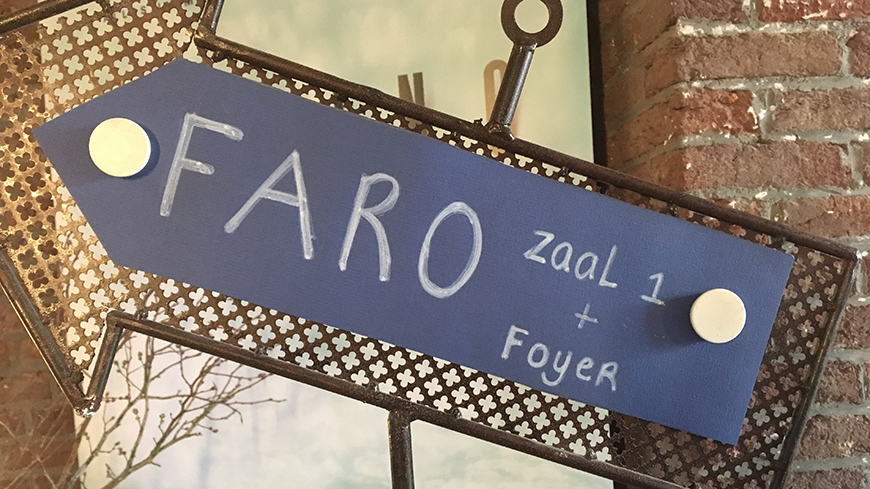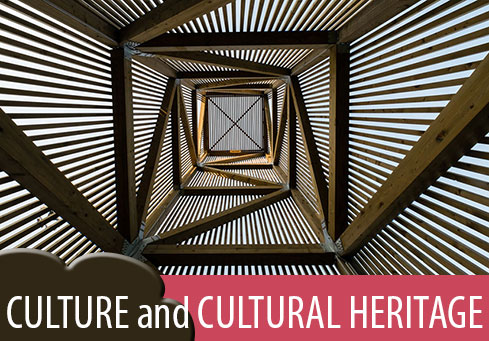Since its ratification in 2005, the Convention on the Value of Cultural Heritage for Society (Faro Convention) has inspired numerous positive changes in heritage governance, protection, and promotion. Its key principles have also provided a new framework for approaching heritage by focusing on people and communities.
Disseminating the Faro Convention principles
These principles have been at the centre of various initiatives carried out during the European Year of Cultural Heritage 2018 (EYCH). Numerous educational, research, and community activities were organised to promote the values of the Convention and European heritage communities.
As a follow-up to EYCH 2018, the second regional seminar of the Council of Europe and the European Commission joint project “The Faro Way: enhanced participation in cultural heritage” gathered representatives from seven countries to discuss various means of maintaining the initiative.
The seminar was held in Maastricht and Heerlen in the Netherlands on 16-17 May. The participants presented national and local experiences that illustrated successful instances in which the principles of the Faro Convention were implemented. By building on the legacy of EYCH 2018, they exemplify the best practices for empowering communities to become further involved in heritage work.
National action: How Switzerland, Finland, and Norway promote Faro principles
The programme of the seminar included three examples of how national, Faro-inspired initiatives can contribute to preserving and enhancing heritage assets.
The Swiss example of stakeholder involvement in cultural heritage promotion, presented by Ms. Mekacher of the Swiss Federal Office of Culture, included various practical ways in which government and cultural institutions can collaborate with civil society to implement these principles. Several initiatives, carried out in recent years as a part of informal stakeholder involvement, have included a national campaign for EYCH 2018, a seminar entitled “Heritage, a Common Good: For Whom and Why?” and an open competition entitled “Heritage for Everyone.”
The presentation by T. Hovland of the Norwegian Ministry of Climate and Environment illustrated a Norwegian case in which Faro was implemented and highlighted the number of Norwegian institutions focused on heritage work. It also outlined the basic principles of a new national heritage policy currently in development and outlined its main objectives, which include safeguarding cultural heritage, sustainable development, and enhanced engagement in heritage.
A case from Finland, presented by Ms. Salmela of the Finnish Heritage Agency, unveiled successful heritage initiatives from Finland, which included an initiative called “Adopt the Monument” and a project called “FindSampo” as examples of good practice for enabling citizens to participate in cultural heritage preservation. In addition to this, it outlined activities carried out within EYCH 2018 as well as the vision for heritage in Finland for 2020.
Local action: Applying Faro Convention principles in Maastricht and Heerlen
Local participants also presented several initiatives from the city of Maastricht. Presentations delivered by Tim van Wanroij and Eric Wetzels, both from the Municipality of Maastricht, discussed the use of heritage in Maastricht, provided local examples of good practice and suggested strategies for improving heritage management.
Tim van Wanroij’s presentation focused on a locally developed “colours approach”, which was designed to encourage co-creation when ownership and responsibility fall into the 3 categories: inside government, on partnerships (including government), or outside government. Eric Wetzels emphasized the paradox between an important reservoir of heritage and its low usage by inhabitants and visitors, calling for an adjustment of existing offer to actual expectations of potential users’ by involving them beforehand.
Mathea Severeijns, managing director of IBA Parkstad in Heerlen, presented her organization’s objectives and methodology. She also outlined multiple examples of citizen-based initiatives for preserving local heritage that have already been successfully implemented. These examples demonstrate the power of the Faro spirit and its potential to bring positive changes for heritage.
[All these presentations can be found on the Second Regional Seminar of the European Commission/Council of Europe joint programme “The Faro Way” News.]
Conclusions
Through the examples presented and the discussions that followed, the seminar facilitated knowledge exchange between cultural professionals and helped address some key challenges faced when implementing Faro Convention principles. The various cases from Norway, Switzerland, Finland, and the Netherlands exemplify the creative potential of both stakeholders and citizens involved in promoting and preserving heritage preservation, thereby demonstrating that organised collaboration between different stakeholders can have a significant impact on the future of heritage.




